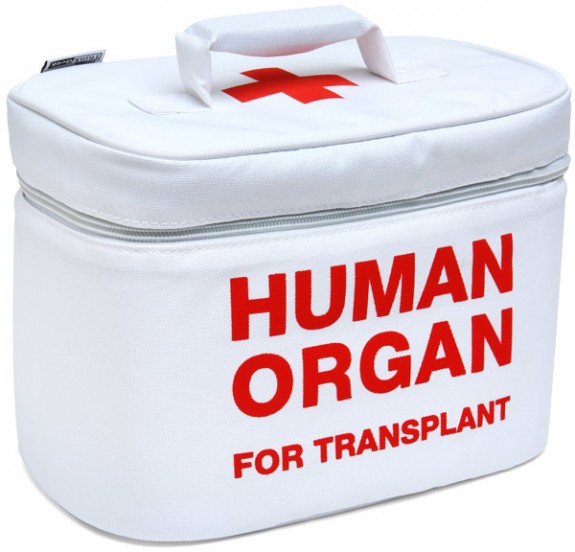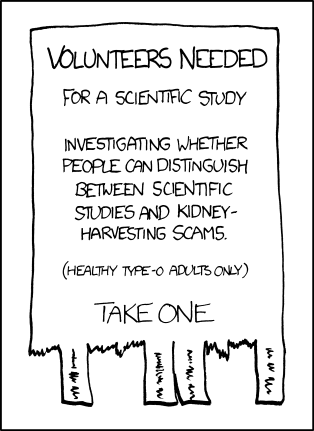Monsters Part 4: Frankenstein’s Monster

In ancient Greek mythology, Prometheus created human beings by forming them out of clay. Although the first known writings about Prometheus were from about the 5th century B.C.E., the idea that the Titan created humans came in the 4th century B.C.E. It is most likely derived from the Book of Genesis, which is dated quite a bit earlier, in which God created Adam out of clay. The mythology lived on in literature for centuries. In 1818, it helped inspire Mary Shelley’s classic novel Frankenstein: or, The Modern Prometheus. Since then, there has been countless versions and characterizations of the famed creature. Though none have been exactly like the original. In the book, the creature called itself the Adam of Frankenstein’s creation. Boris Karloff had significantly less Shakespearean dialogue.

The creation of a monstrosity from parts of dead people is a rather disgusting thought. But could it happen in real life? Our quest to make real-world monsters just wouldn’t be complete without Frankenstein’s monster. Unlike the Vampire or the Zombie, the creature cannot be explained by a virus with a series of symptoms. This creature is a patchwork of parts from various human bodies. Organ transplantation is nothing new. But creating an entirely new being using what are essentially off-the-shelf parts is an unbelievable chore! There are few operations more complex. One organ transplant is complicated enough. But something that is nothing but one organ transplant after another is almost ridiculous!
The Organic Jigsaw Puzzle
Organ transplantation has become a rather frequent, and almost routine, procedure. At least it is for the most part. There are various kinds of transplantation. The most likely to accept the implantation without rejecting the implanted item is by way of Autografting. This is using tissue that has the person’s own genetic makeup. This covers a good portion of plastic surgery. Since the genetic code is the way the body expects it to be, there’s little worry of any rejection. Typically, this doesn’t include full organs unless those organs are produced and grown from the person’s own stem cells. After all, someone can’t donate a spleen to one’s self if one needs a new spleen. It would completely defeat the purpose.
The most common form of transplantation is allotransplantation, or allografting. This is when an organ is donated by another individual. Unless it’s isotransplantation, that is the implantation from a genetically similar source like an identical twin, there is the high chance of rejection. That’s when the body realizes that something is there which doesn’t match what the body is supposed to have and completely freaks out. The immune system then goes completely Medieval on the foreign body and tries to destroy it. The risk is even worse with xenotransplantation, the transplantation between species. Immunosuppressant drugs (drugs which hinder the immune system) are used to prevent rejection until the point that the organ and the body can learn to play well together. Only then are they allowed to play on the playground together with minimal supervision.
There are other types of transplant of course. But those have little or no bearing on a creature like what Dr. Frankenstein created. Unfortunately, there is a limited amount of organs and tissues which can be transplanted. But can entire portions of the body containing the organs be transplanted? Now there’s a thought. However, I don’t think it’s ever even been tried.

Monsters Like Dr. Frankenstein Used To Make
Let’s just assume, hypothetically, that there was a way to transplant every organ and tissue in some way, shape, or form. Exactly how would one go about constructing a creature with a complete set of spare parts? There are two ways to potentially pull something like this off. The first would be to start with the most vital organs and work down to the least vital. The other way is to completely build the body in some sort of chamber filled with some sort of amniotic fluid and preservative, finishing with the heart and then the brain. The latter option is the one used by Dr. Frankenstein. So that is what we will concentrate on for our monster.
Keep in mind that our version won’t be over seven feet tall if we use a biological skeleton, as was in the story, unless the donor is over seven feet tall. The only way to have the giant-sized creature without the ginormous donor, be it a Watusi or NBA All-Star, is with a synthetic skeleton using stainless steel, titanium, carbon fiber, or other artificial means. Also, the skin color won’t be the same as in fiction. In the book, the skin was a translucent yellow. In the classic film with Boris Karloff, the skin was grey. In most subsequent versions, it was green. In reality, if the skin is alive, it would likely be normal flesh colored. Skin is naturally gray, but is tinted by blood flow and melanin. There is, however, the risk of the creature looking like some Leatherface patchwork.
Once the parts of the creature are assembled, then it would be given a shock or series of shocks, much like a defibrillator. This is to get the heart started. The story got this partially right, but the high power in lightning would definitely be overkill. Lightning would only serve to cook the creature to a burnt crisp. That totally defeats the purpose.
So we assemble the body of a normal-sized human being with normal-colored skin and then shock the heart in order to wake up the patient. Unless there is obvious scarring after healing, the creature would probably not look like anything out of a horror film. This, too, defeats the purpose. Sure, we could be kind and make a being that looks presentable. But a monster is a monster, and it’s not supposed to look pretty. Patchwork it is!
Now all that’s needed are the right drugs. The drugs are, of course, to try and prevent rejection of the organs … any of them! (Though admittedly, the very inclination toward carrying out this kind of procedure might be a pretty good indication of the use of illicit narcotics.) Then just hope and pray that it all works out perfectly. (You may want to find some extremely twisted gods to pray to in this case.)
It Takes Guts To Be An Organ Donor
Let’s backtrack since we seem to have skipped an obvious step. The question rises about where we get the various body parts to build the creature. This, oddly enough, is the easy part. And we don’t even need to kill any innocent bystanders to acquire the organs!
One thing we can definitely rule out is digging up bodies in the graveyard. By the time a body reaches that point, whatever is not preserved through embalming (and rendered completely useless by the formaldehyde) is quickly rotting. There is only a small amount of time in which to collect the organs needed for construction.
There is always what is called a BHC, which is short for Beating Heart Cadaver. Let’s cover exactly what this is. If someone signs the back of a driver’s license or other donor card, then that person is, of course, an organ donor. If that person is ever in a condition that a doctor in a hospital declares that person brain-dead, then the person can be labeled a BHC. This is a condition that some people have come out of and survived. But that’s only if they manage to wake up before the procedure begins to remove the fresh organs for transplant. After all, transplants pay money. Waiting for miracles does not. Nonetheless, I don’t think we’ll ever manage to get on the donor waiting list, especially to build an artificial person. There are laws against that.
Luckily, there just might be another option. People donate their bodies to science all the time. Sometimes it means use for medical training and/or research. Sometimes it means having organs available for use and display at medical conferences. Sometimes it means being preserved and used as a museum display. Sometimes it even means car companies putting grandma behind the wheel of an SUV and crashing it into a wall. And as long as there are shady characters in this industry acting as middlemen, acquiring the necessary pieces shouldn’t be too much of a problem. After all, money talks.

So there you have it, a real-world Frankenstein’s Monster. It’s a bit different from what fiction tells us, but that applies to just about everything. So watch out for any mad doctors carrying out wild experiments with human organs, and try not to … um … get bit.
![]()



